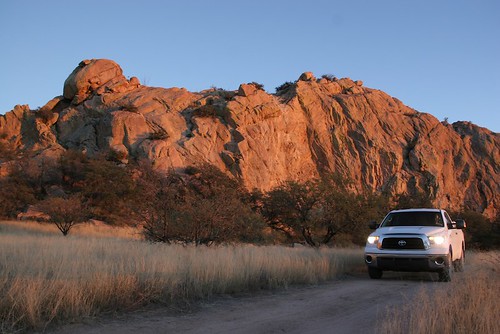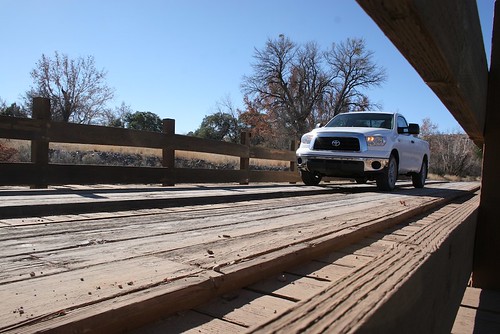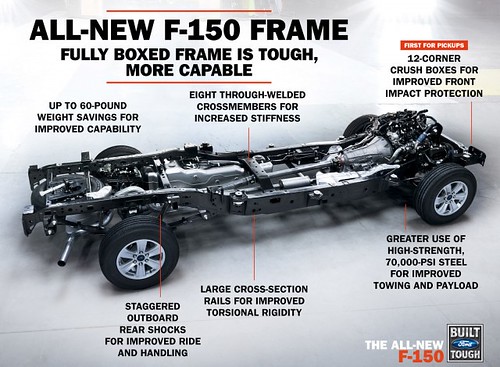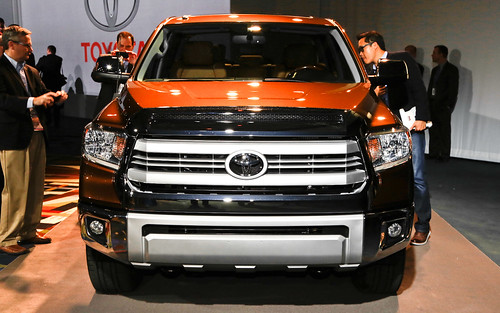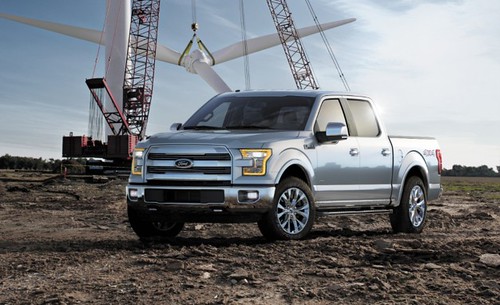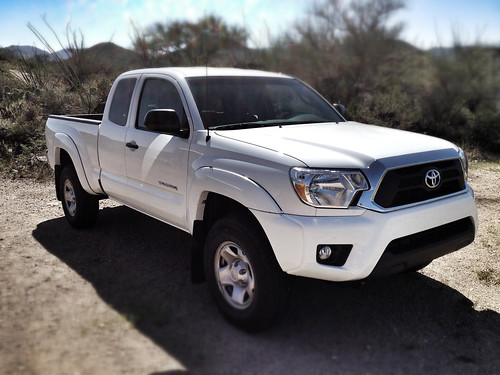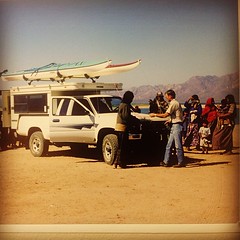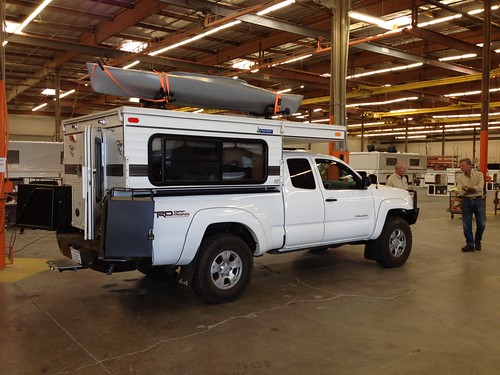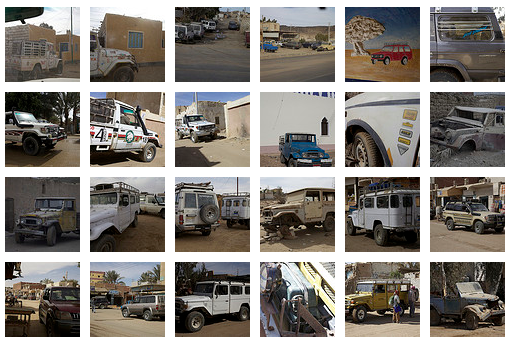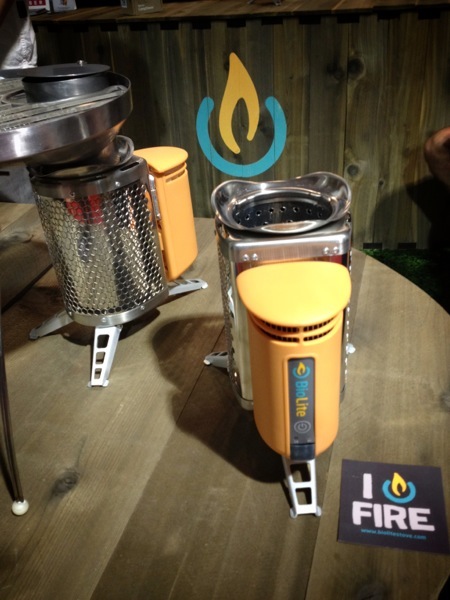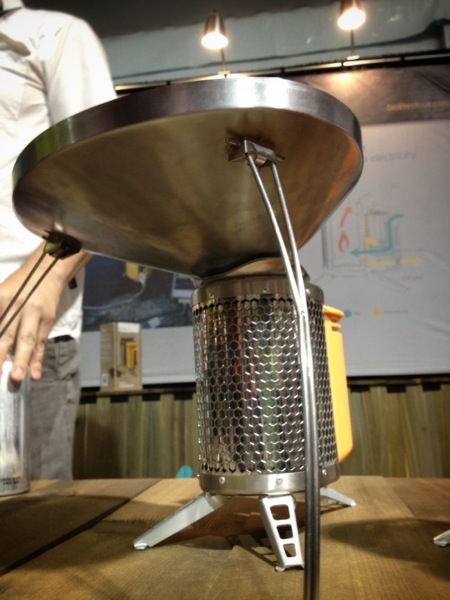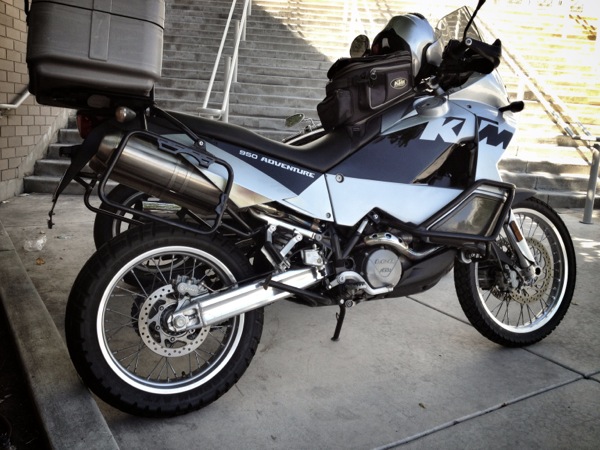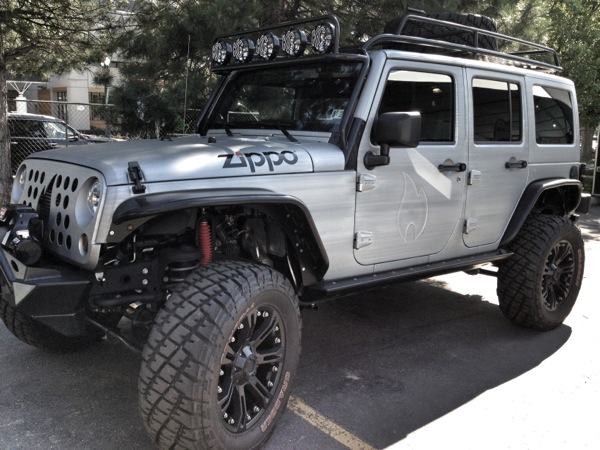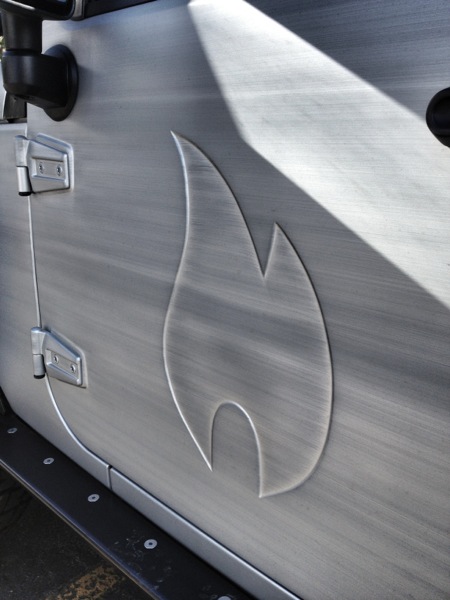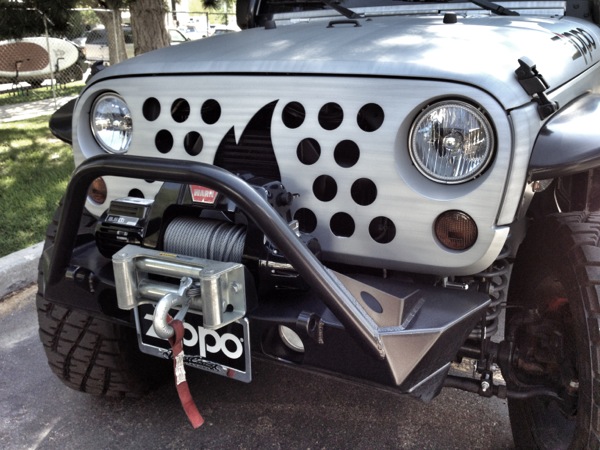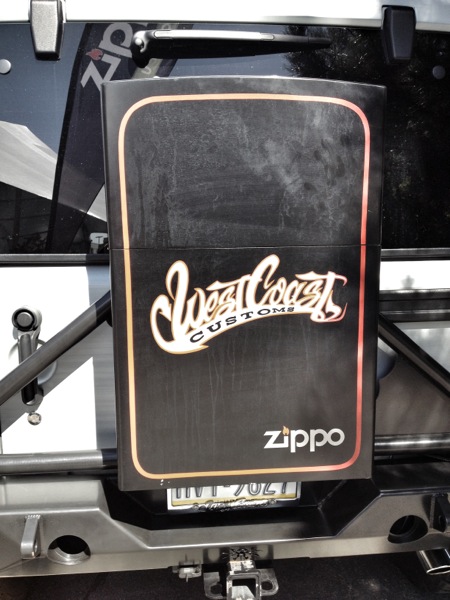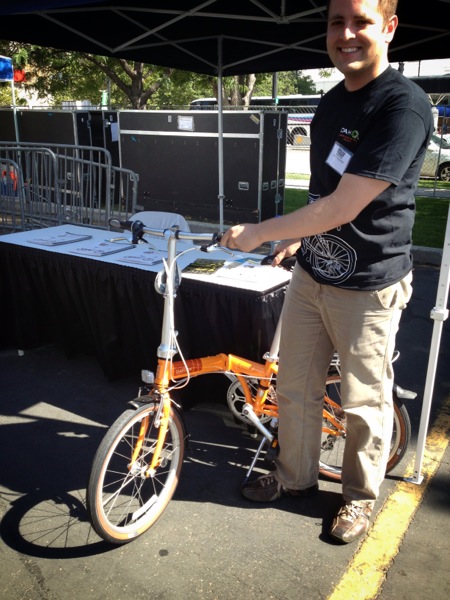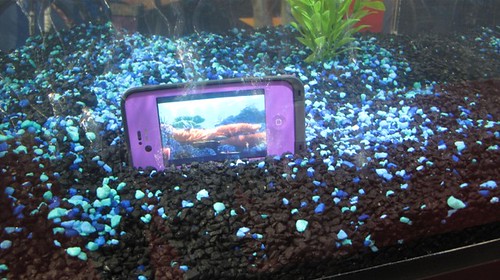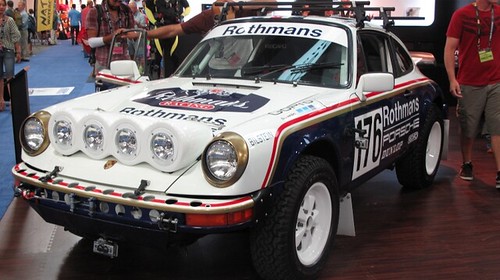( . . . and other “performance enhancements” that compromise reliability)
Every once in a while—well, quite frequently, actually—my friend and master Toyota mechanic, Bill Lee, reads something in a magazine that sets his teeth on edge, and he’ll fire off an email to me sprinkled with a lot of exclamation points. Invariably the offending passage involves a “build” article, wherein the writer has taken a perfectly functional truck and set about “improving” it. I seem to be Bill’s favorite person with whom to share his pain, perhaps because I react the same way when I read some of this stuff, which, when published nationally, thousands of readers are likely to take as gospel and imitate.
It’s not that either of us is against any modifications at all. Many accessories can add to the utility, convenience, and even safety of a four-wheel-drive vehicle without compromising reliability or durability: better tires, driving lights, winches, bumpers with proper recovery points, dual-battery systems, built-in air compressors, etc. Even some driveline and chassis modifications can be made that have few or no drawbacks. Electric locking differentials, for example, generally do not compromise the strength of the third member, and if they stop working you’re normally just back to a stock diff. Aftermarket shock absorbers frequently exceed the performance of factory units—especially if, as in our case, you’ve added a 1,000-pound camper to your truck. High-quality aftermarket springs (or, in the rear, air bags) can enhance weight-carrying ability, or improve ride.
The problems start when you begin messing with the fundamental engineering and design parameters of the truck.
Bill’s most recent email concerned a Tacoma on which the writer had installed, among other things, new, wider tires. He subsequently found that the tires rubbed the inner fender wells at full steering lock, especially when the suspension was compressed. So, rethink and install narrower tires? Nope. Instead, he installed a set of 1.25-inch wheel spacers—an inexpensive, bolt-on accessory that literally moves each wheel outward from its hub by an inch and a quarter. This, the writer reported, (mostly) solved the rubbing issue, and additionally widened the track of the truck a bit, which he thought improved its stance.
So far so good. The problem is, no mention whatsoever was made of the significant downside inherent in using wheel spacers. Moving the wheel outward by an inch and a quarter moves it that much farther from the wheel bearings, which—especially when exacerbated by larger, heavier tires—puts massive additional load on those bearings, load that will inevitably compromise their durability. Exactly how much is impossible to say (Bill said he’d be surprised to see bearings last 40,000 miles stressed thusly), but it is inarguable that the modification compromised Toyota’s engineering—that’s just simple physics.
We see this sort of thing too often—laudatory articles boasting of improved ride, better handling, greater compliance, or enhanced power after the installation of extensive (and frequently expensive) replacements for factory parts. Unsurprisingly, these article are often shadowed by advertisements for those same products. (I went to the wheel spacer manufacturer’s site and looked in vain for any warnings of potential detrimental effects to installing them.)
Philosophical aside: Is the urge to “improve” an already decent product a peculiarly male obsession that can manifest itself on almost anything? I offer the legendary Colt Model 1911 .45-caliber pistol as an example. Designed as a reliable, powerful battlefield sidearm over a century ago, it transitioned effortlessly to a reliable, powerful self-defense sidearm for civilian use. But in the last couple of decades that urge to “improve” the 1911 has led to a bizarre market in which you can purchase a basic 1911 for around $500, then with no effort at all spend another three thousand dollars “improving” it. Not making that up—Google “Novak Full House Custom 1911” if you doubt me. Just as with our four-wheel-drive vehicles, many of those accessories actually do improve the utility of the pistol—ambidextrous safeties, tritium sights, modifications to allow feeding of modern hollowpoint ammunition, etc.—but in the drive to enhance the (perfectly acceptable) accuracy of the basic 1911, parts are added and components tightened in such a way that its intrinsic all-weather reliability—the raison d’être of the original design—is compromised. Nevertheless, Novak’s is so backed up with work they’re not taking new orders right now.
Where was I? Right. I’ve written earlier about the physics of tires and suspension lifts (here), noting the number of comments Roseann and I get from people who seem genuinely puzzled that we haven’t installed larger tires and raised the suspension on our Tacoma. When I point out the downsides of doing so, it’s surprising how few had any idea there were any. All they knew about bigger tires and suspension lifts was what they had read in magazines and advertisements.
If you’re modifying a vehicle for extended backcountry travel, it’s vital that you investigate both sides of those modifications. Keep in mind Isaac Newton’s Third Law: For every action there is an equal and opposite reaction. Space your wheels outward to gain tire clearance and a wider stance, and you increase stress on your wheel bearings. Install larger, heavier tires and you decrease your braking effectiveness and increase stress on steering components. Modify your suspension for greater travel, and you force your axles and driveshafts to flex farther as well, with detrimental effects on CV joints and boots. (And, perhaps, other things: Bill Lee reports inspecting a Tundra lifted so far that the steering torqued the chassis at full lock because the rack could not travel far enough. Bill says, “I love lift kits. They keep me busy removing them and replacing parts.”)
Chris Collard, editor of Overland Journal, sent this along after seeing this post. Good advice.
If, after considering both sides, you decide the type of travel you do would be easier if your vehicle were modified, err on the side of caution. A two- or two-and-a-half-inch lift on a truck with independent front suspension is about the maximum practical without significant downsides. Note the angle on your front axles before and after the lift; you’ll see that they are now running at a noticeably greater angle all the time. Inspect your CV boots regularly. Avoid cheap lift kits that use blocks to raise the rear suspension. When it is moved farther from the spring, the axle will twist under acceleration and braking (this is called axle wrap). Some companies will happily sell you an additional product called a traction bar to help control this—why not just avoid it in the first place? Other kits use an add-a-leaf to jack up the existing rear spring pack. However, add-a-leafs can add stress points to the spring pack. We broke two add-a-leafs before wising up. Some tall front suspension lift kits come with brackets to relocate the steering linkage and even drop the differential—bits that solve one problem and create others.
Remember: The number one function of an expedition vehicle is to complete the expedition. All the ground clearance and compliance and sharp handling in the world will do you no good if something major breaks.
And finally, just so you don’t think I’m being superior about all this: In my gun safe is a heavily modified Colt Combat Commander .45 from Novak’s . . .


